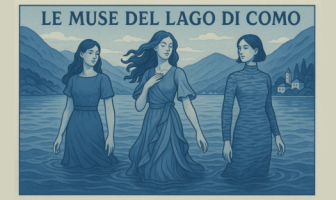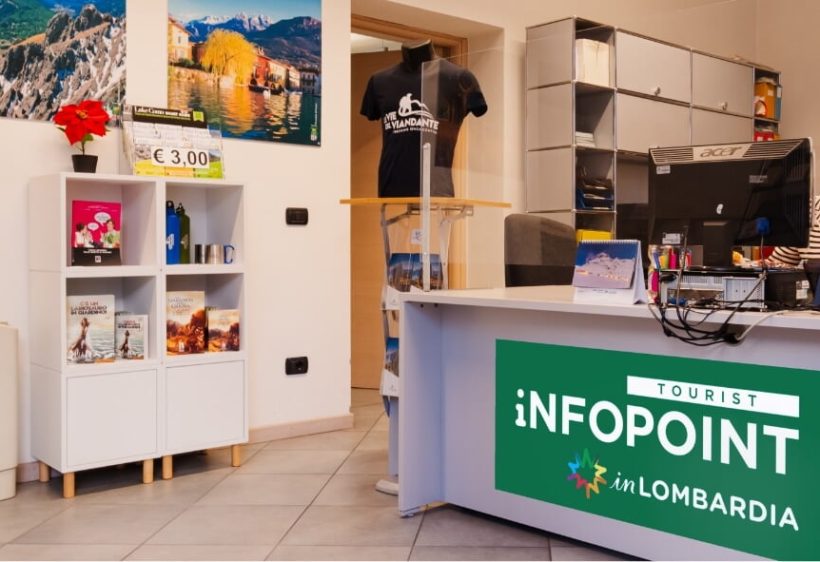
The muses of Lake Como
From 28 June to 27 July 2025
The exhibition focuses on the post-World War II period, a time when Informal art spread as an expressive urgency, as an alternative to the figuration typical of the era of totalitarian regimes, and as a decisive response to the violence of which mankind had shown itself capable.
The exhibition recounts the generation of authors who emerged wounded from the Second World War, who experimented with new languages and new styles capable of narrating a dramatic and complex situation. Doubting the public role of art, they chose a solitary path that did not involve confrontations with each other or manifestos or theoretical texts declaring a common path. Even the French critic Michel Tapié, to whom we owe the term Informal, always refused to confine the trend in too tight and defined codes, distancing himself from it when it took on too precise connotations.
The paths of the Informal movement were many and varied, the daughters of as many autonomous and original personalities, whose research found only a few aspects in common, such as spontaneity, gestural instinct, rejection of all laws and geometry, and improvisation.
The Informal wave spread throughout the West as an alternative to the figurative painting typical of the age of totalitarian regimes, as an angry response to the violence of which man had shown himself capable; in Italy, the 1950s witnessed the evolution of this art form, which manifested itself in multiple versions. In contrast to figurative painting, especially that which was socially and politically committed, which was also firmly supported by the new government, artists such as Afro, Chighine, Vedova and Burri established themselves, who employed matter and colour as free and powerful means of expression, or painters who reinterpreted figuration in a new light, such as Ennio Morlotti and Mattia Moreni, or the exponents of Existential Realism such as Mino Ceretti and Bepi Romagnoni, locked in their painful nihilism.
23 May and 29 May: guided tour in italian of the exhibition with curator Simona Bartolena; The cost is € 18 (includes admission plus guided tour) and reservation is compulsory at the following e-mail address: [email protected]
19 May and 26 May: guided tour in italian of the exhibition; The cost is € 16 (includes admission plus guided tour) and reservation is compulsory at the following e-mail address: [email protected]
Tuesday
10:00 - 14:00
Wednesday
10:00 - 18:00
Thursday
10:00 - 18:00
Friday
10:00 - 18:00
Saturday
10:00 - 18:00
Sunday
10:00 - 18:00
Closed Mondays (except Easter Monday), Easter and 1 May. The ticket office closes one hour earlier.

Full price: € 10.00
Reduced price: € 8,00 (children from 13 to 18 years old, over 65 years old, university students with card, pre-established groups of at least 8 people and up to a maximum of 20, FAI and TCI members with valid cards, 1 accompanying person for each Trenord season ticket holder)
Special reduced Trenord ticket (weekends and holidays): €7.00 (for Trenord subscribers with IO VIAGGIO card)
Special reduced Trenord ticket (weekdays): €6.00 (for Trenord subscribers with IO VIAGGIO card)
Schools (all levels) and children (aged 6 to 12): €4.00 – Guided tours with the curator, groups, schools: [email protected]
Free: disabled visitors and one accompanying person, journalists with a valid card, licensed tourist guides, children up to 5 years of age, ICOM members with a valid card, Abbonamento Musei Lombardia members with a valid card, one accompanying person for every 15 people, teachers of Lecco schools of all levels)


Ask us, we will give you suggestions and directions to enjoy the city and the surrounding area to the fullest.
Contact us